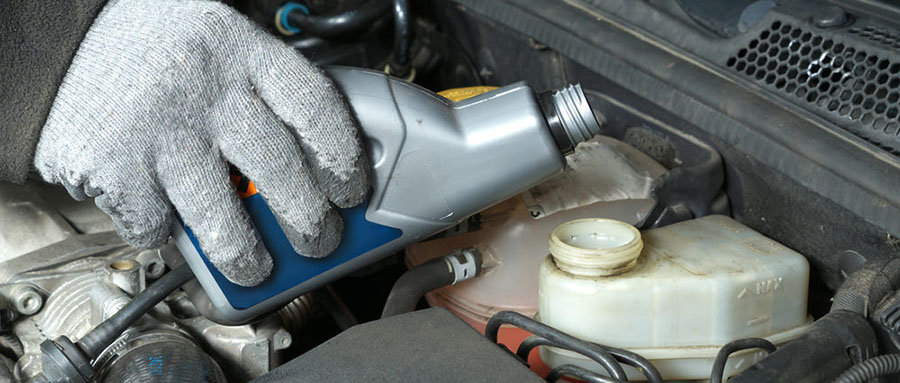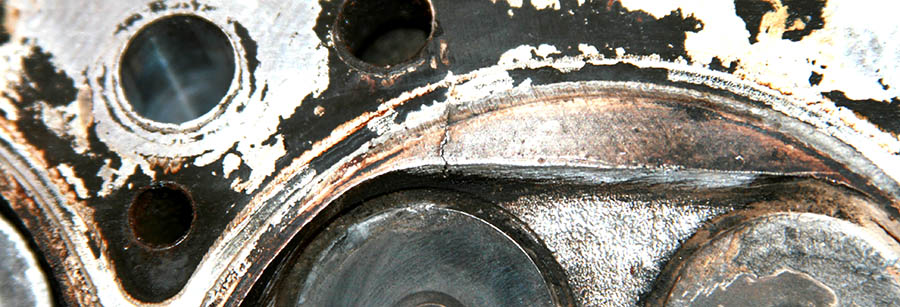Cars today are filled with electronics and sensors to keep track of how your vehicle is functioning and make driving easier. Every warning light on your dashboard should light up for a few seconds when you first start your engine.
It is important to know what your vehicle’s warning lights mean because they can give you important information or be indicative of serious problems developing even if you don’t notice anything wrong, which lets you take care of them before they become more expensive and destructive problems. Often when the problem is severe, the warning light will not only illuminate but flash continuously, and if you see any of your vehicle’s warning lights flashing, you should get your vehicle checked as soon as possible.
When something is wrong with one of your vehicle’s many systems, usually a warning light on the dashboard will illuminate. However, it can be hard to figure out what the lit up pictogram on your dashboard is trying to tell you.
Here are some of the most important warning lights you should keep in mind:
Coolant warning light: your coolant warning light looks like a thermometer dipped into liquid. Without coolant, your car’s engine can get so hot that it essentially welds itself together. If your coolant light is illuminated, it could mean that coolant levels are low, so you should check your coolant and refill it if necessary as soon as possible. It is also important to keep an eye on your vehicle’s temperature gauge – if it has started climbing higher than usual, shut off your engine immediately to prevent damage, add more coolant if necessary, and look for a leak.
Oil warning light: the oil warning light usually looks like an oil can with a drop coming out of the nozzle. It may illuminate if your oil temperature is too high, or oil pressure or level is abnormally low. If the oil pressure or level is low, your engine may not get enough lubrication and seize up or get seriously damaged. If you see this light illuminated, you should get it checked as soon as possible.
Brake system/brake fluid warning light: your vehicle’s brakes are arguably the most important function of your car, so if your brake warning light comes on, you should get it checked right away. The brake warning light is usually a red circle with an exclamation point in the center. If the light is intermittent and seems to come on and off depending on whether the vehicle is turning, it may mean that the brake fluid level is getting low.
Check engine light: the check engine light looks like an orange engine block, viewed from the side. Check engine lights can often come on for minor issues that haven’t yet started to affect your engine’s performance, such as a dirty oxygen sensor, but it is still important to get your vehicle checked before the problem develops into a more serious issue and causes potential damage to your engine.
Airbag warning light: the airbag warning light is usually red and looks like a person in a seat with the airbag deployed in front of them, or a red “SRS” (supplemental restraint system). If your airbag warning light is on, it may mean that your airbag is not functioning and will fail to protect you in a collision, so it is important to get it checked as soon as possible to keep yourself and your passengers safe. Some cars will have a “passenger airbag off” light which lights up when there is nobody in your passenger’s seat, but should turn off when somebody is sitting there.
Power steering warning light: the power steering warning light will usually look like a red or orange steering wheel with an exclamation point next to it. If your power steering fails, your car will be much harder to turn, which will make parking much harder and may make it harder to maneuver if you need to make a sudden lane change to avoid an obstacle or accident.
Tire pressure monitor warning light: this warning light looks like an exclamation point inside of the bottom of a bulging tire, with tread at the bottom. Tire pressure monitor systems did not become common in most vehicles until the mid 2000s or so. It illuminates when there is a deviation from the standard tire pressure, and when you see it you should refill your tires to the proper pressure and check them for leaks or holes.
Battery charge warning light: this light looks like a battery (or Lego brick), with a positive and negative symbol on it. If this light stays on, you may have a problem with your vehicle’s electrical system, such as low battery voltage or a failing alternator, both of which mean that your car will have a hard time starting and running properly.
If your car has any warning lights illuminated, you should get them checked as soon as possible in case it is a serious issue. Regular service and maintenance can protect your vehicle from developing problems, so here at your Certified Auto Repair Specialist in Pasadena, we recommend keeping up with maintenance and keeping your car in good condition. If you have warning lights that you’re worried about on your dashboard, give our certified mechanics a call today at (626) 793-2220 to set up an appointment!







